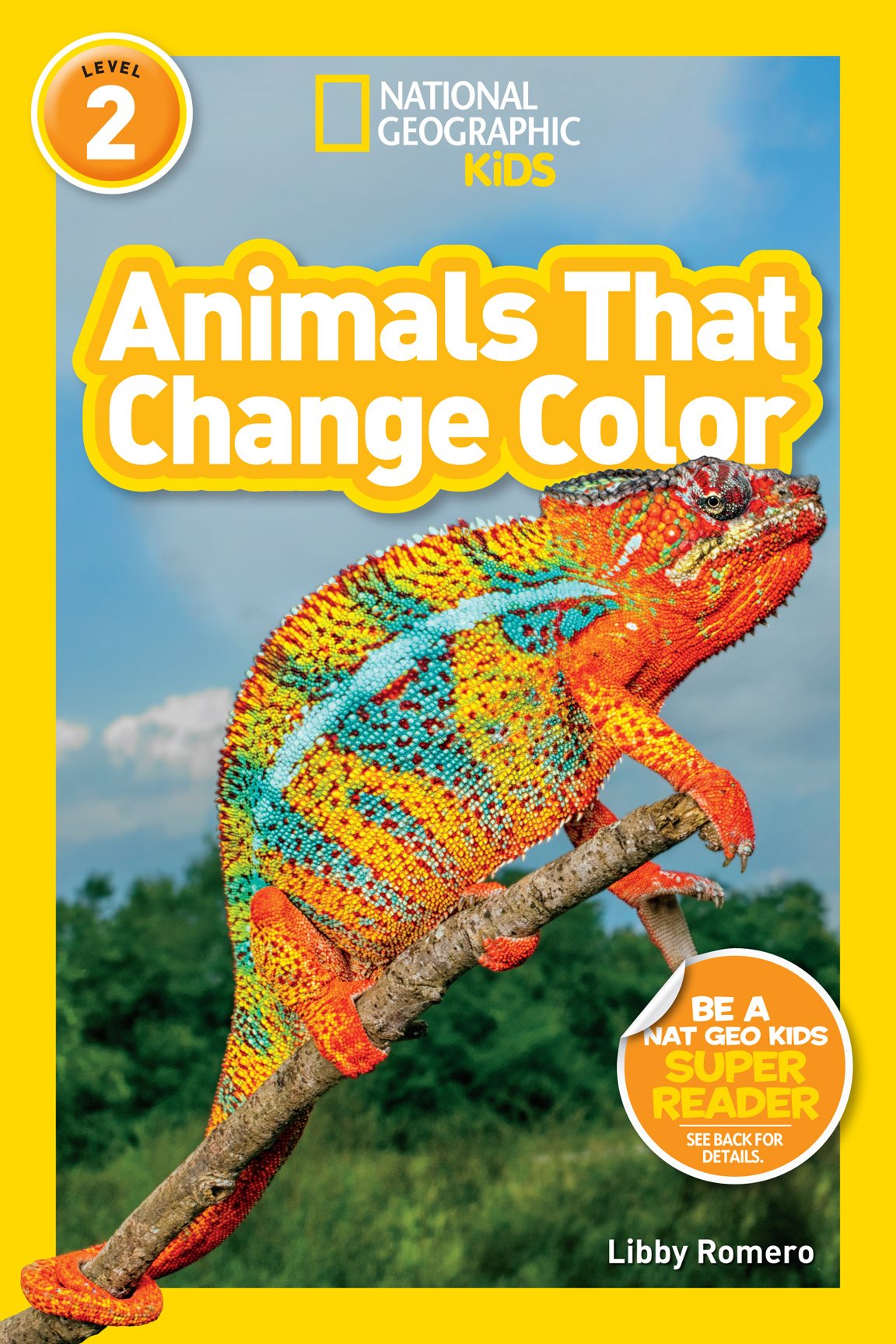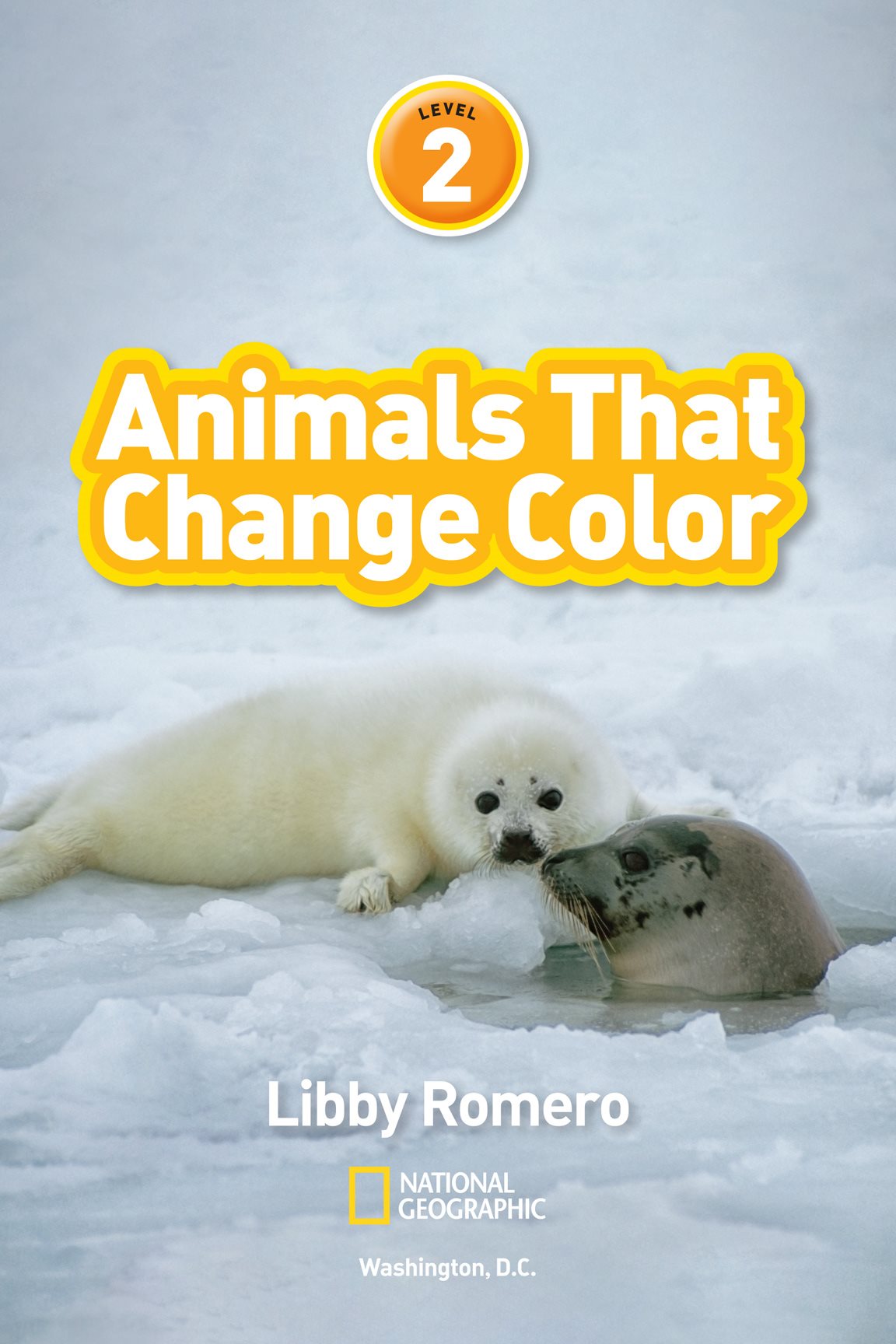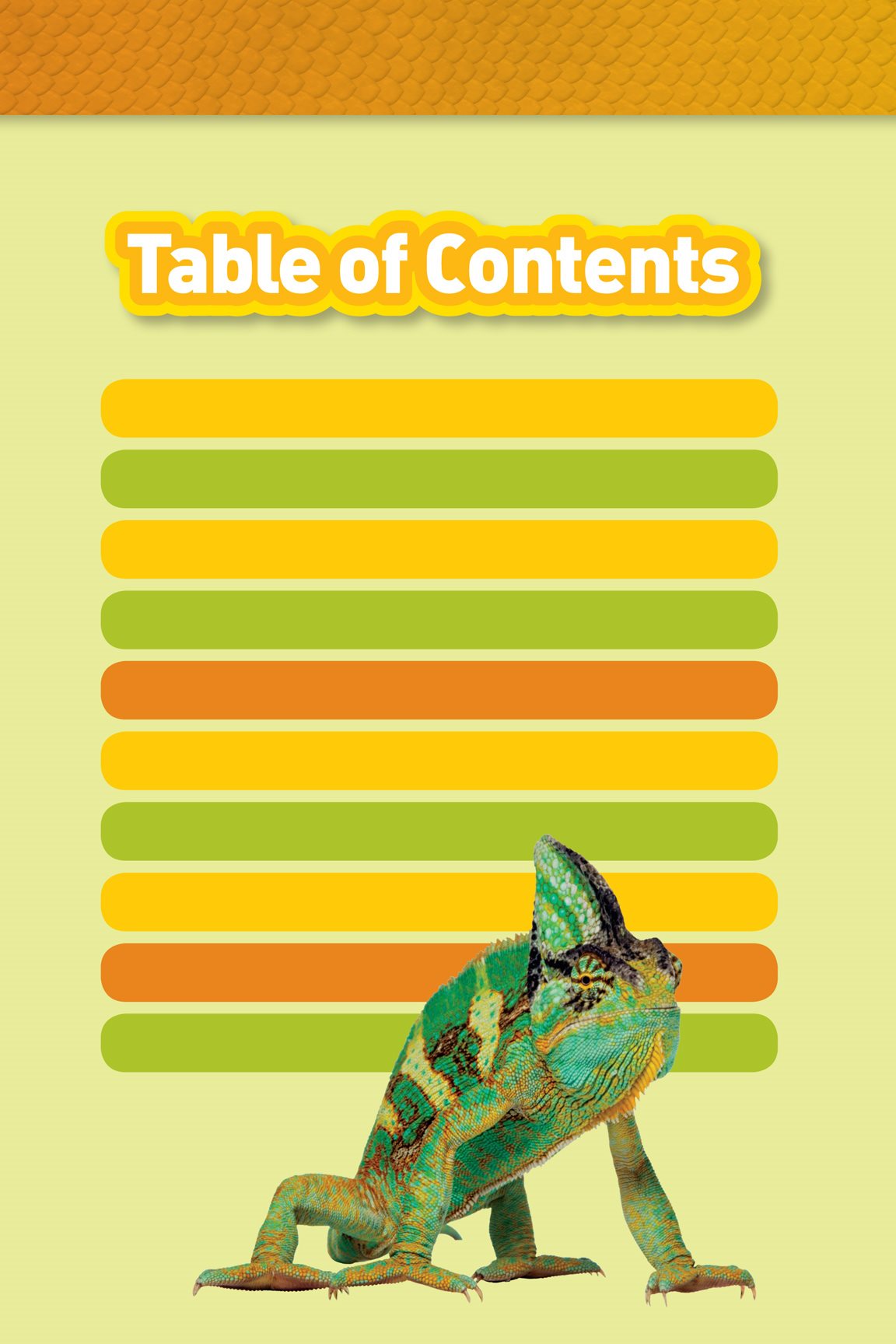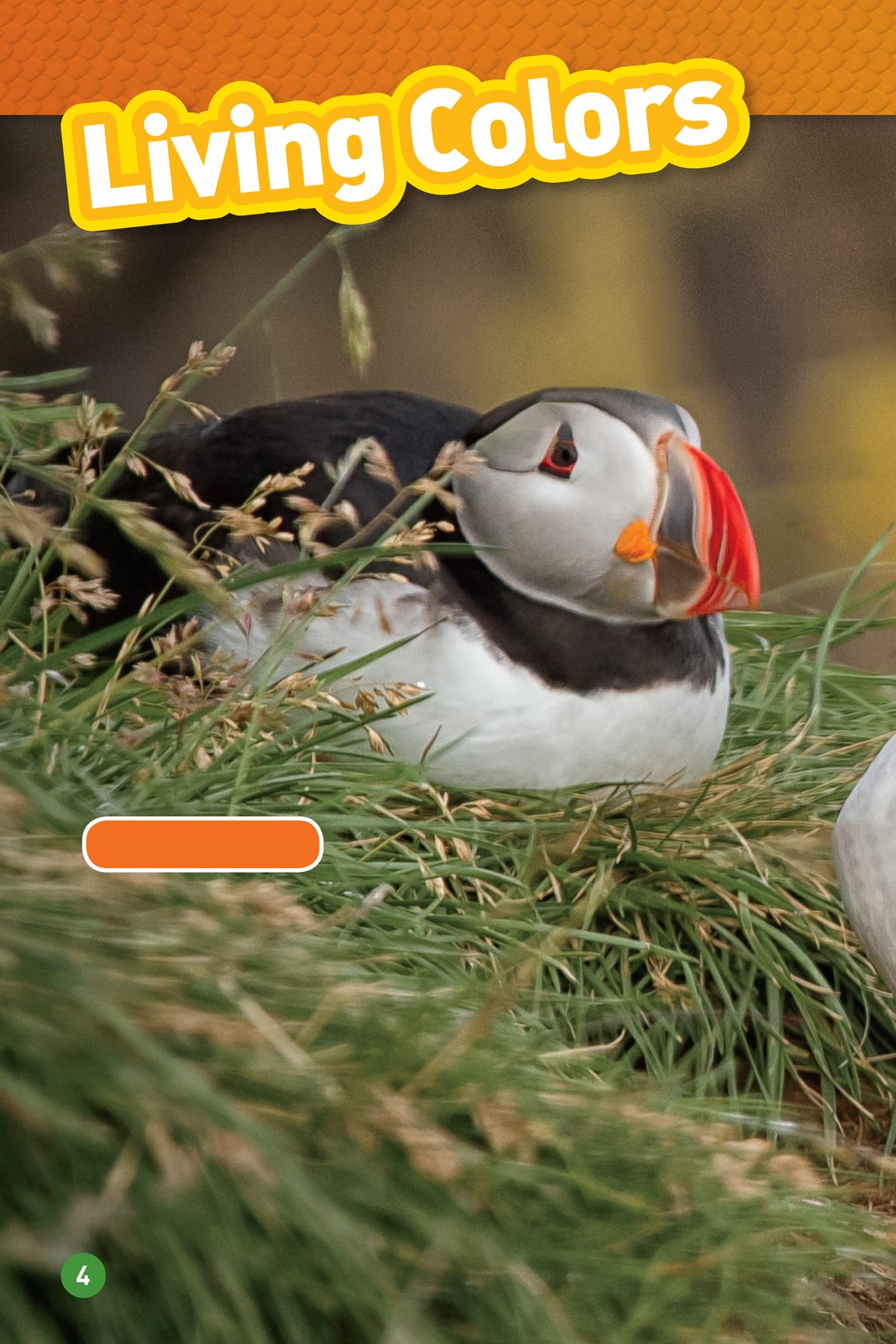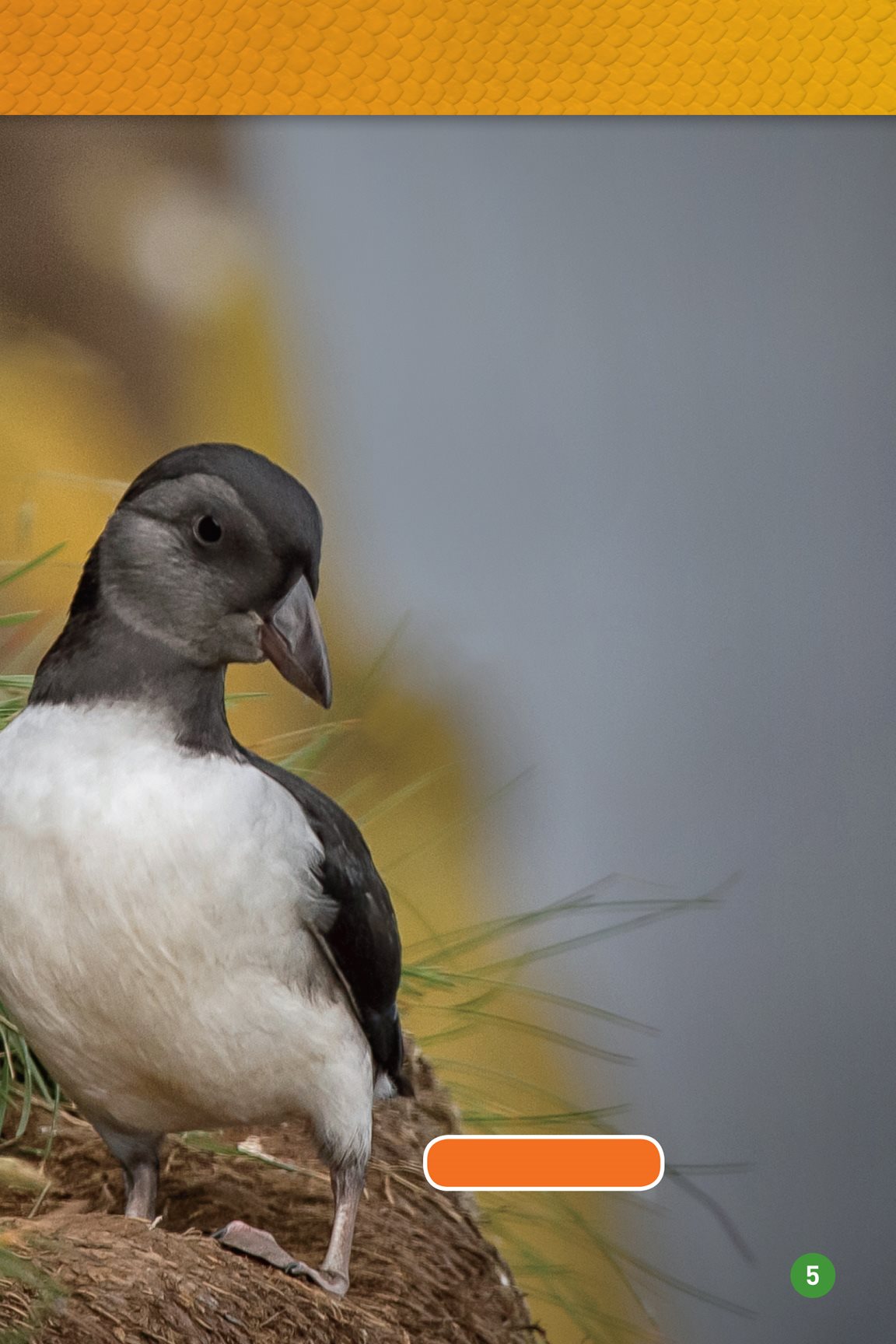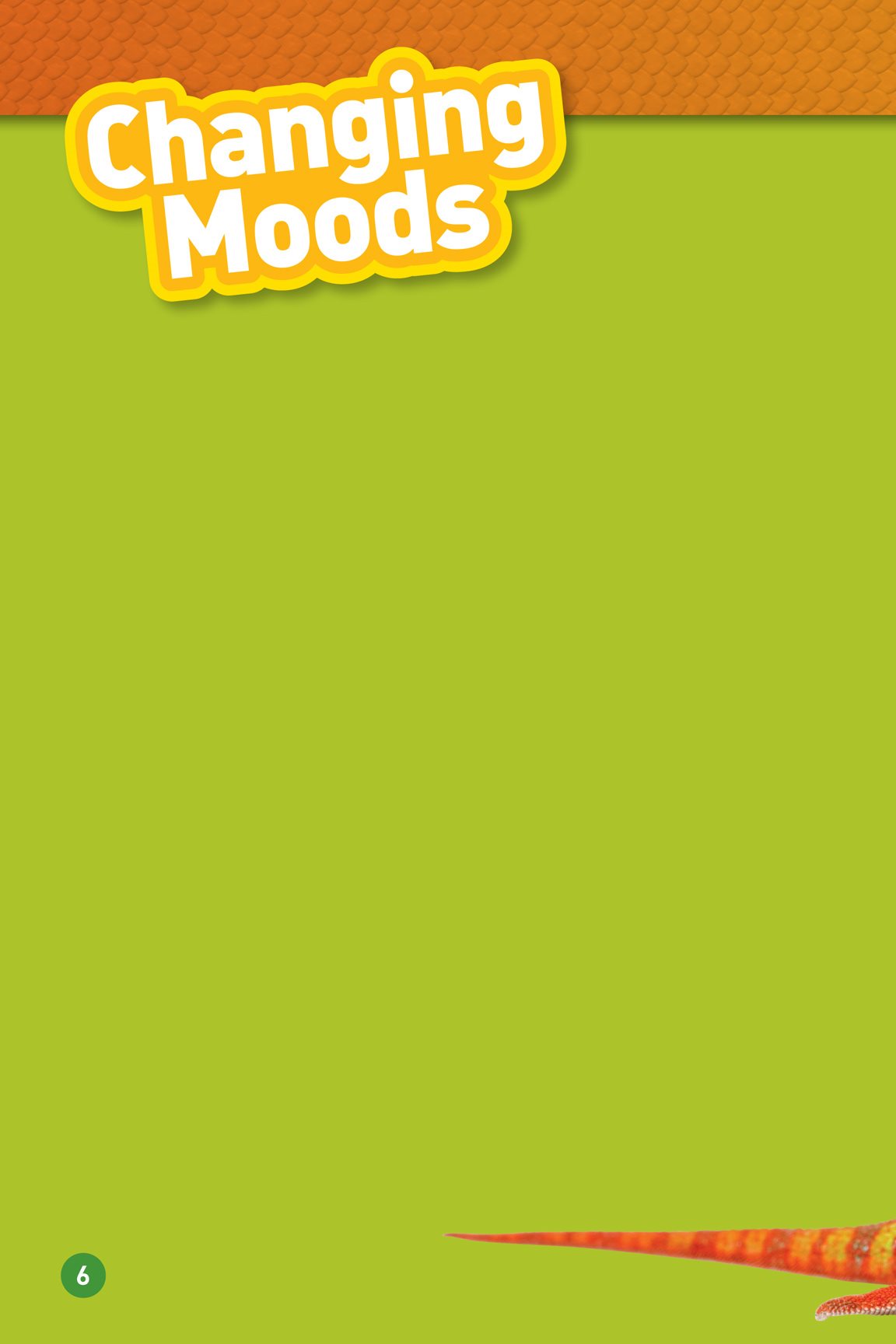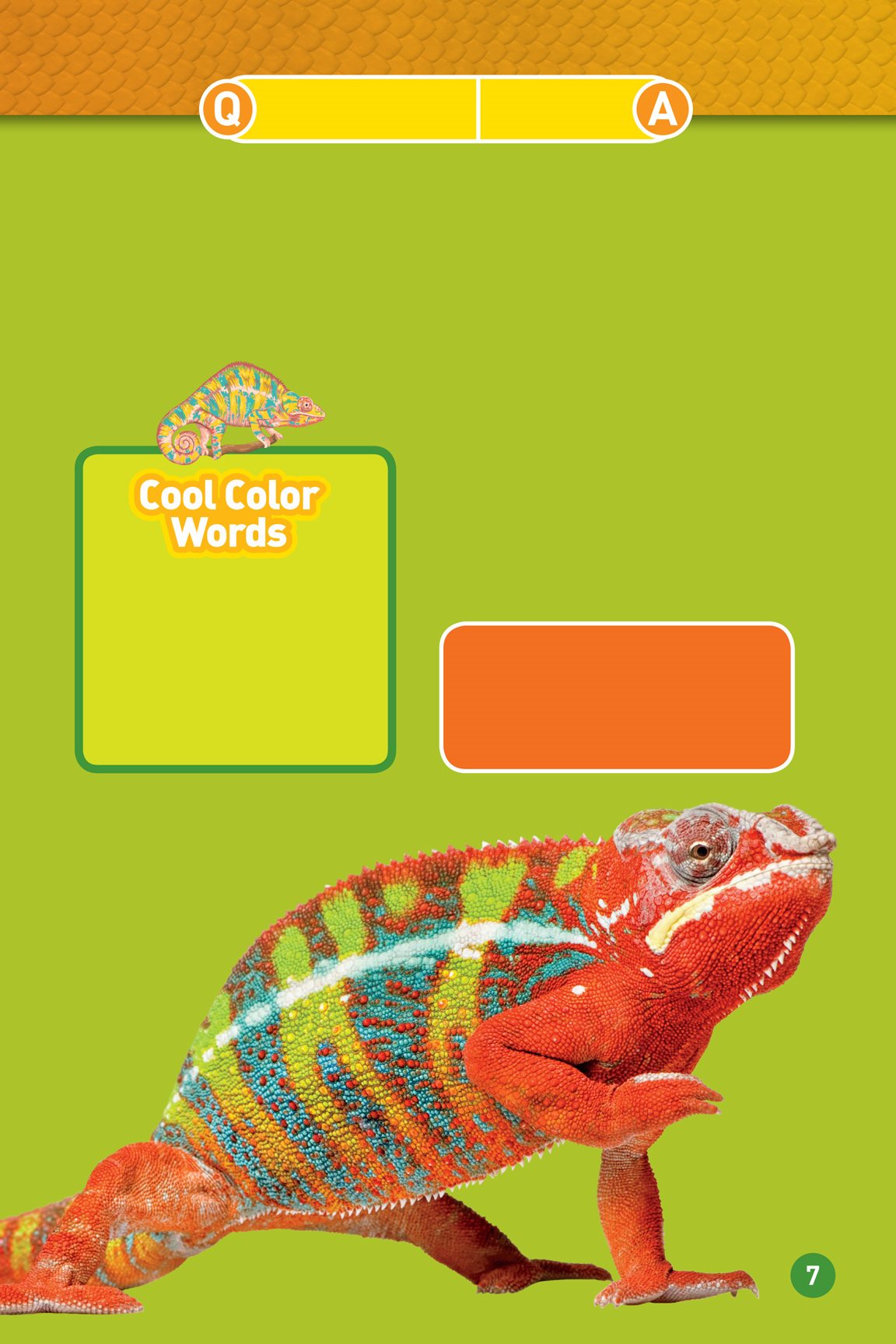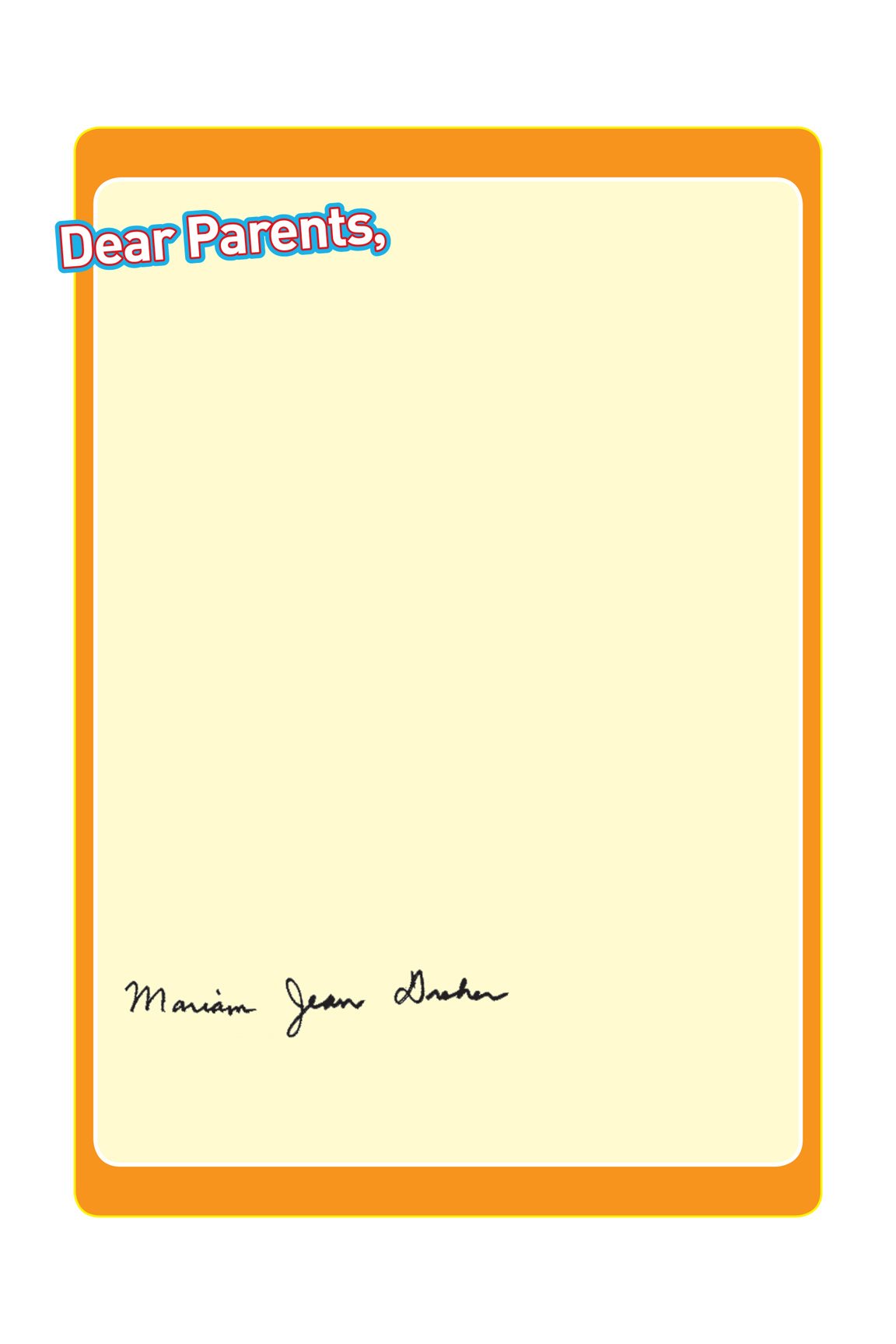
Children are naturally curious about the world around them, and
curiosity is a powerful motivation for reading. Studies show that
informational reading is critical to success in school. National
Geographic Kids Readers allow you to feed your childrens interests
and create readers who not only can read, but also want to read!
To sustain childrens excitement about reading, we have created a
special program called NATIONAL GEOGRAPHIC KIDS SUPER READERS.
As kids read each National Geographic Kids Reader, they cross
off its picture on a free National Geographic Kids Super Readers
poster that parents can download from natgeokids.com/superreaders.
Throughout the process, kids and parents go to the website and
download specially designated prizes that reward their effort. Kids
can have even more reading fun online, with lively book-related
activities, quizzes and games, fascinating excerpts, and sneak
previews of upcoming books.
The National Geographic Kids Super Readers program appeals to
kids love of accomplishment while providing them with incentives
to keep reading. When the reading experience is fun, children learn
more and achieve more. What could be better than that?
Sincerely,
Mariam Jean Dreher
Professor of Reading Education
University of Maryland, College Park

For Miss Landes L. R.
Copyright 2020 National Geographic
Partners, LLC
Published by National Geographic Partners, LLC,
Washington, DC, 20036. All rights reserved. Re
production of the whole or any part of the contents
without written permission from the publisher is
prohibited.
NATIONAL GEOGRAPHIC and Yellow Border
Design are trademarks of the National
Geographic Society, used under license.
Designed by Nicole Lazarus, Design Superette
The author and publisher gratefully acknowledge
the expert content review of this book by Michel
Milinkovitch, University of Geneva, Switzerland,
and the literacy review of this book by Mariam
Jean Dreher, professor of reading education,
University of Maryland, College Park.
The cover features a panther chameleon. On the
title page, a white baby harp lies on the ice behind
a dark-pelted adult. A veiled chameleon sits on
the table of contents page.
Library of Congress Cataloging-in-Publication Data
Names: Romero, Libby, author.
Title: Animals that change color / Libby Romero.
Description: Washington, DC : National Geographic
Kids, 2020. | Series: National geographic readers
Identifiers: LCCN 2019034684 (print) | LCCN
2019034685 (ebook) | ISBN 9781426337093
(paperback) | ISBN 9781426337109 (library binding)
| ISBN 9781426337123 (ebook)
Subjects: LCSH: Camouflage (Biology)--Juvenile
literature. | Protective coloration (Biology)--Juvenile
literature.
Classification: LCC QL767 .R66 2020 (print) | LCC
QL767 (ebook) | DDC 591.47/2--dc23
LC record available at https://lccn.loc
.gov/2019034684
LC ebook record available at https://lccn.loc
.gov/2019034685
Photo Credits
ASP=Alamy Stock Photo; DT=Dreamstime;
GI=Getty Images; MP=Minden Pictures;
NG=National Geographic Image Collection;
NPL=Nature Picture Library; SS=Shutterstock
Cover: George Grall/NG; 1, Masahiro Iijima/MP;
3, Arnowssr/DT; 4-5, Freddy Lecock/DT; 6-7, Eric
Issele/SS; 8, FloridaStock/SS; 9, Robert Postma/
Design Pics/GI; 10 (UP), Robbie George/NG; 10
(LO), Jim Cumming/SS; 11 (UP LE), Nick Pecker/
SS; 11 (UP RT), Markus Varesvuo/NPL; 11 (CTR LE),
Laura Romin & Larry Dalton/ASP; 11 (CTR RT),
Greg Winston/NG; 11 (LO LE), Pierre Vernay/Polar
Lys/Biosphoto; 11 (LO RT), Theo Bosboom/NPL; 12,
Andrey Nekrasov/ASP; 13, Obraz/SS; 14, Geoffrey
Robinson/SS; 14-15, Klein & Hubert/NPL; 15, Jan
Woitas/DPA/ASP; 16 (UP), Terry Moore/Stocktrek
Images/GI; 16 (CTR), Douglas Klug/GI; 16 (LO), Zen
Rial/GI; 17 (UP LE), Jacky Parker Photography/
GI; 17 (UP RT), Marcus Lelle/500px/GI; 17 (CTR),
mgkuijpers/Adobe Stock; 17 (LO), Giordano
Cipriani/GI; 18-19, Tim Laman/NG; 20, Stephen
Dalton/MP; 21, DG303Pilot/GI; 22, Marcus Kam/
SS; 23, Nilesh Mane/ephotocorp/ASP; 24, ifish/GI;
25 (UP), Trueog/iStockphoto; 25 (CTR), David
Fleetham/ASP; 25 (LO), abcphotosystem/SS;
26, Stephaniellen/SS; 27 (LE), Dr. Jocelyn Hudon;
27 (RT), Premium UIG/GI; 28, Lexter Yap/SS; 29,
Edward Rowland/ASP; 30 (1 UP LE), freeezzzz/GI;
30 (1 UP RT), Carl Johnson/Design Pics/GI; 30
(1 LO LE), Milan Zygmunt/SS; 30 (1 LO RT),
archimede/SS; 30 (2), Michael S. Quinton/NG;
30 (3), Marc Anderson/ASP; 31 (4 UP LE), Gerald
Robert Fischer/SS; 31 (4 UP RT), Norbert Rosing/
NG; 31 (4 LO LE), Konrad Wothe/NPL; 31 (4 LO RT),
Michio Hoshino/MP; 31 (5), Aroona Kavathekar/
ASP; 31 (6), Lynn Whitt/SS; 31 (7), Mauricio
Handler/NG; 32 (UP LE), Designua/SS; 32 (UP RT),
Theo Bosboom/NPL; 32 (CTR LE), Jubal Harshaw/
SS; 32 (CTR RT), michaklootwijk/Adobe Stock;
32 (LO LE), Gabriel Barathieu/MP; 32 (LO RT),
Designua/SS; vocabulary box (THROUGHOUT),
Ekaterina Nikolaenko/DT
National Geographic supports K12 educators with ELA Common Core Resources.
Visit natgeoed.org/commoncore for more information.


